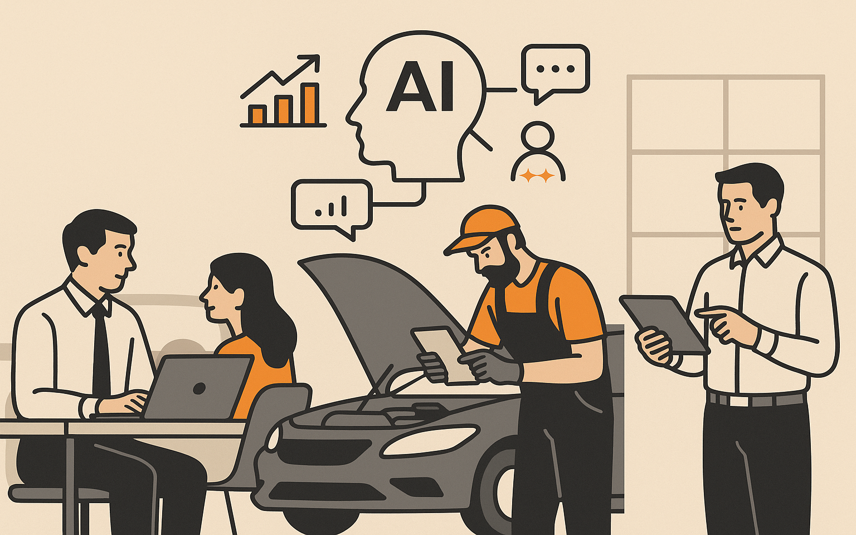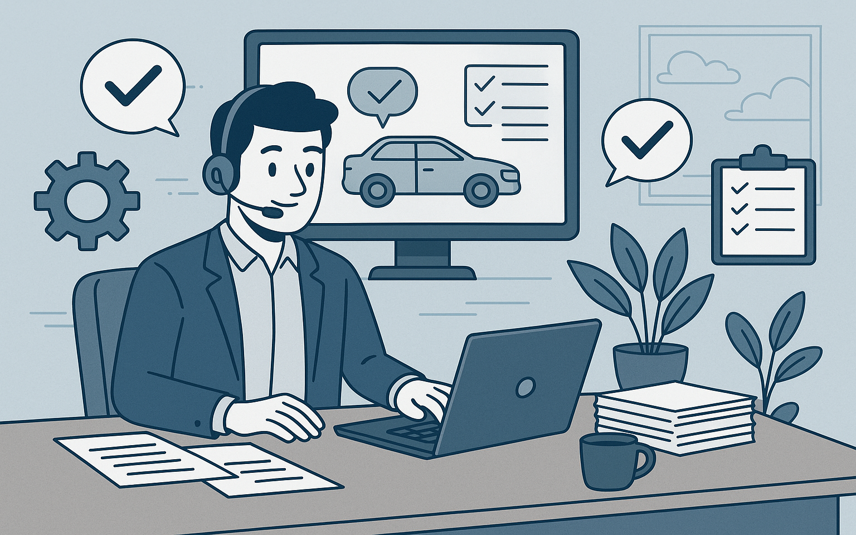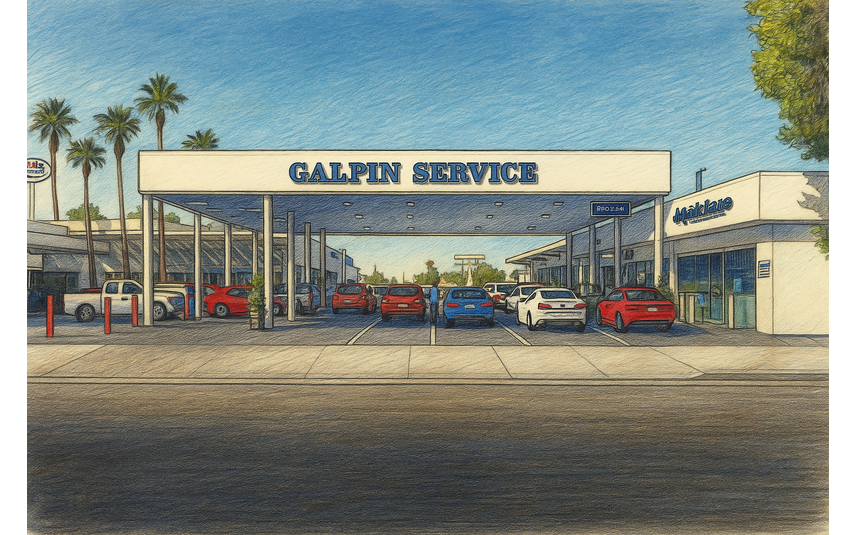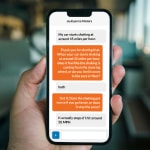Predicting Retention: How Automotive Service Scheduling Software Drives Loyalty and Revenue
Scheduling software used to be about filling the calendar. Today, it’s about foreseeing customer needs—before they even call. In a service lane where every hour counts, dealerships are realizing that scheduling isn’t just an operational task—it’s a strategic opportunity. With growing pressure to maximize shop efficiency and deliver more personalized experiences, fixed ops departments need […]
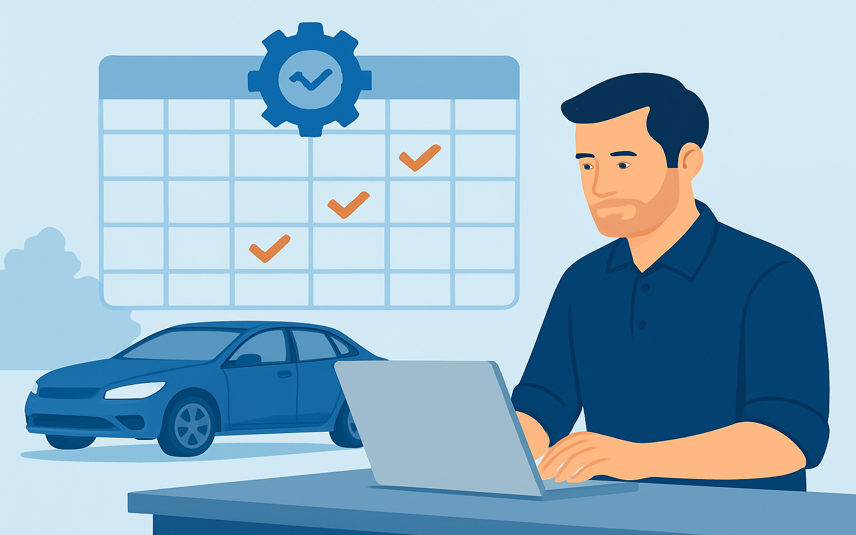
Scheduling software used to be about filling the calendar. Today, it’s about foreseeing customer needs—before they even call. In a service lane where every hour counts, dealerships are realizing that scheduling isn’t just an operational task—it’s a strategic opportunity.
With growing pressure to maximize shop efficiency and deliver more personalized experiences, fixed ops departments need tools that work smarter. Enter automotive service scheduling software that leverages customer data, behavioral trends, and system integrations to go far beyond managing time slots.
In this blog, we’ll explore how modern scheduling software improves more than just calendar coordination—it helps predict, personalize, and profit.
The Limitations of Traditional Scheduling Tools
Many dealerships still rely on outdated scheduling tools that treat every appointment as a blank slate. These systems don’t consider a customer’s past service history or the manufacturer’s recommended maintenance timeline. They simply book open time slots, leaving your advisors with minimal context—and your shop with missed opportunities.
Without visibility into vehicle data or prior visits, your team can’t anticipate upcoming services, suggest relevant upsells, or re-engage lapsed customers. These tools are reactive at best, leading to inconsistent workloads, lower RO values, and weakened customer retention.
Let’s look at how modern tools flip the script.
How Modern Scheduling Software Predicts Customer Needs
Behavioral Triggers for Proactive Outreach
Modern schedulers don’t just sit and wait—they identify patterns that suggest when a customer might need service. For example, if it’s been six months since a visit or if mileage estimates indicate tire rotation is due, the system can trigger reminders or offers automatically.
This goes far beyond generic “We miss you” emails. It allows your dealership to send personalized, timely nudges—like an oil change discount to a high-mileage commuter or a battery check reminder as winter approaches.
These targeted campaigns re-engage inactive customers, reduce defection to independents, and boost lifetime value—all without your advisors lifting a finger.
Integrated Insights from DMS & CRM
The most effective schedulers are those that integrate fully with your dealership’s ecosystem—including the DMS and CRM. This allows your advisors to see more than just what’s booked—they can see who the customer is.
Advisors can view notes from previous visits, recognize repeat concerns, and tailor the conversation to customer preferences. For example, if a customer previously declined a cabin air filter, that can be flagged again during their next seasonal check-in.
This kind of personalization makes customers feel remembered and valued, leading to higher CSI scores and stronger trust in your service team.
The Revenue & Retention Payoff
Predictive scheduling tools don’t just help customers—they make operations more efficient. With better forecasting, service managers can optimize staffing and avoid under- or over-scheduling. That means fewer no-shows, more consistent RO volume, and better utilization of bays and technicians.
Dealerships using modern automotive service scheduling software report measurable improvements in retention and profitability. Customers return more often, approve more work, and feel more connected to your dealership’s service experience.
Bonus: One recent study found that dealerships leveraging predictive scheduling saw a 23% increase in customer retention over a 12-month period.
Conclusion
Scheduling is no longer just about filling empty slots—it’s about anticipating what customers will need, and when they’ll need it. The right software transforms your scheduler from a passive tool into a strategic asset that drives trust, retention, and revenue.Want to turn your scheduler into a strategic advantage?
Book a demo with myKaarma to see how predictive service software can elevate your entire fixed ops operation.
Recent
